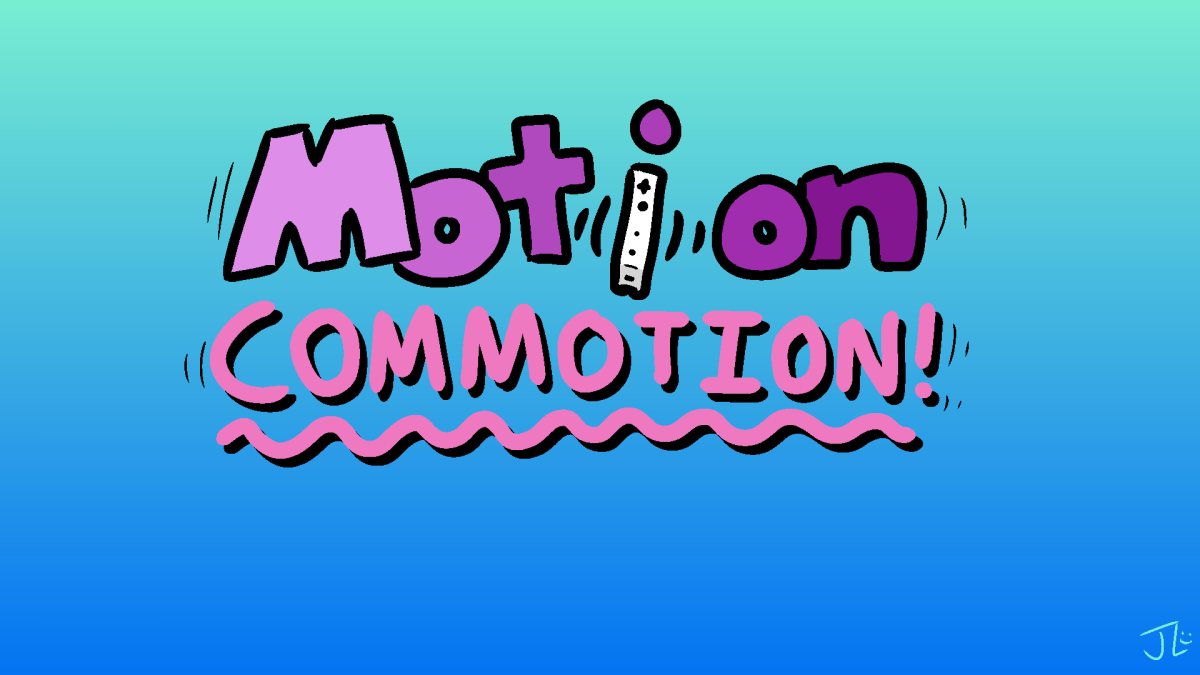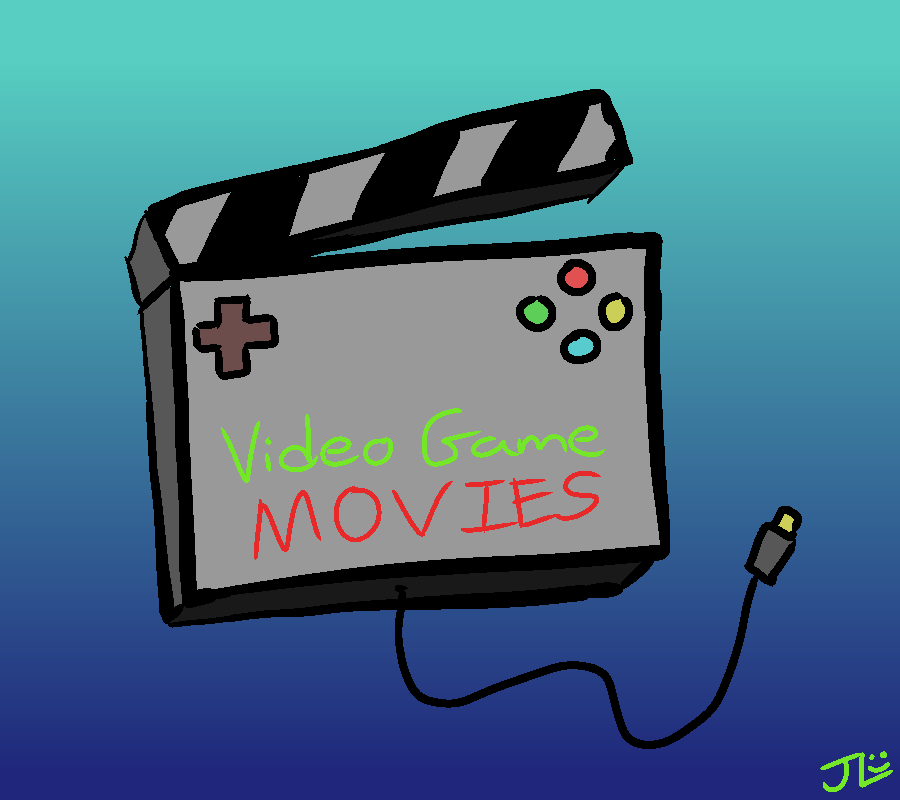In a world commanded by pressing buttons and a land restricted to joystick movement, one controller started a movement that changed the world.
No, that’s not the script to a blockbuster movie trailer, that’s my overly dramatic way of introducing the topic of motion controls, and the console that pioneered the concept: the Nintendo Wii.
The year was 2005, and Nintendo had fallen behind in the console wars due to the successes of Microsoft (Xbox) and Sony (Playstation). The GameCube, while nowadays viewed as a great console for its time, did not sell well against its competition. But that fateful year, Nintendo revealed their holy grail, their key to the money palace, the Wii.
Many kids of Gen-Z remember growing up with the Wii, and will certainly remember what made it so unique: its controller. The Wii’s controller was called the Wiimote, a Frankenstein’d mix of the words “Wii” and “remote”. The Wiimote was designed to feel like a TV remote, something that everyone who owns a TV is familiar with. This meant that everyone with a TV would be able to easily understand how to use the Wii. Nintendo even went so far as to design the Wii’s home screen as a series of “channels”, terminology also accessible to TV owners. All anyone had to do to access a game was point and click.
Accessibility was the name of the game in Nintendo’s mind. The ability to search through menus by pointing at the screen was a novel concept, and uncharted territory for gaming consoles. If you handed someone who had never played a video game an Xbox 360 controller back in 2006, it could’ve been too much for them to handle. However, the familiarity and simplicity of the Wiimote made it accessible to people young and old.
Pointing and clicking is only half of the Wiimote cake, as Nintendo’s console also pioneered motion controls. Motion controls are often looked upon as a gimmick these days, but in 2006, the idea of swinging a remote to swing a tennis racket in a game was truly revolutionary. The Wii’s original name before its full reveal was actually called “Revolution”, so they knew what they were doing.
Nintendo packaged Wii Sports with most releases of the Wii. Wii Sports was the perfect showcase for what motion controls could bring to the video game market, as it featured games everyone can understand, such as tennis and bowling, and made it into a new yet familiar gaming experience. Motion controls proved themselves a worthy part of video game history.
But as they say, with great power comes less-than-great knock-offs. PlayStation created controllers called PlayStation Move, but they didn’t have as much success as the Wii’s controllers. The Xbox did not necessarily see motion controls as we know them, but rather experimented with Kinect, a camera system that watched the player’s real-life movement and used it for interactions in game. It was a cool concept, but the technology was not quite there at the time, and therefore the standard motion controls of the Wii beat it out.
In today’s world, motion controls have taken a backseat. Nintendo still supports the concept with the Nintendo Switch, but the fad has largely died out. Motion controls have been adapted into VR gameplay, but standard gaming consoles have made less and less use of them over time. The legacy of motion controls shouldn’t be remembered as just a gimmick, but as a gateway for more people to come together over games.














